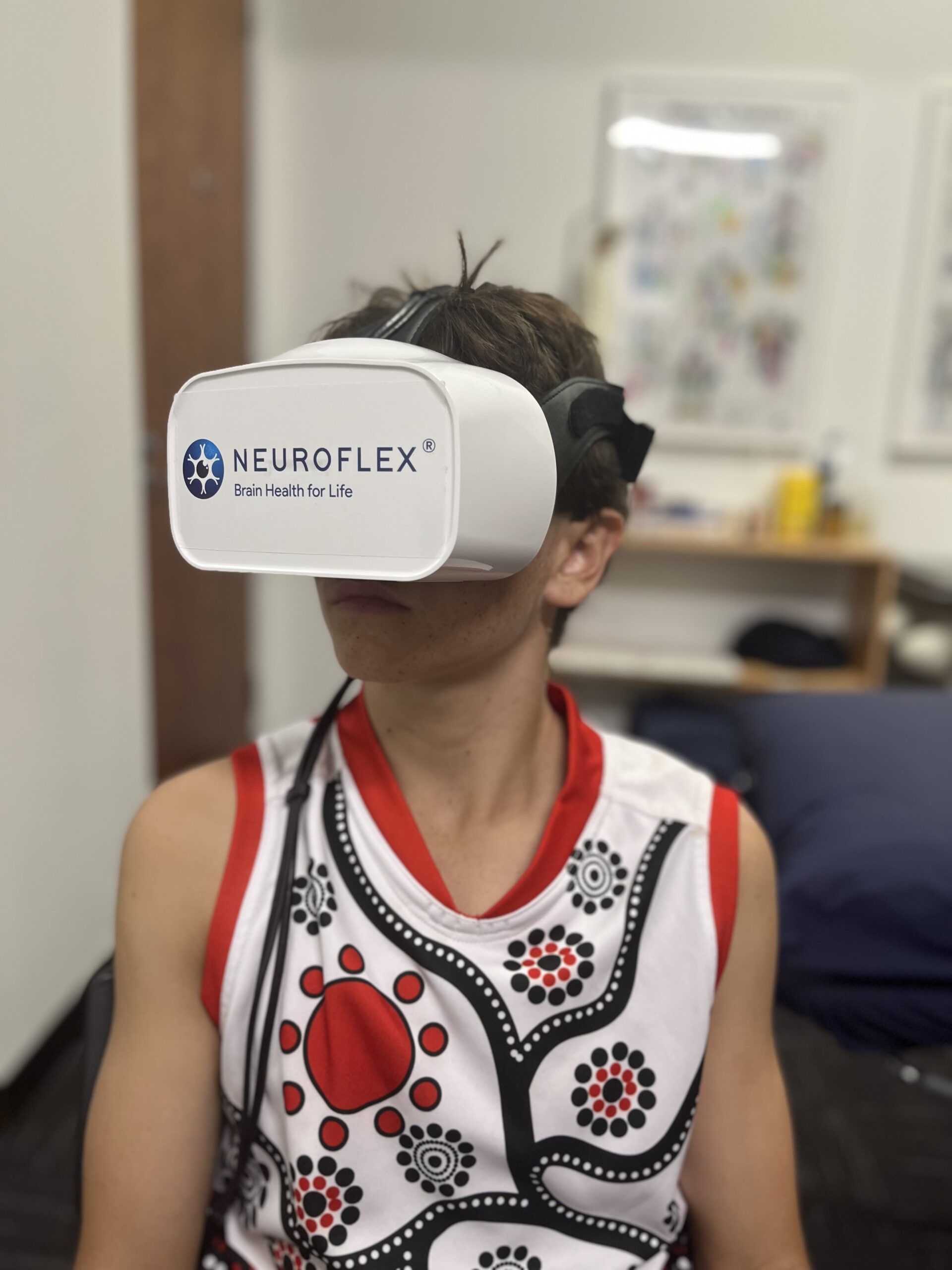Image source: Ehlers-Danlos Society Website
Hypermobility is more than being someone who can do the splits – it’s a condition where joints are able to move beyond what is a normal range. People with hypermobility will often be known for their party tricks such as cracking knuckles, bending their fingers right back or over-straightening their elbows.
Day in day out, we treat patients who have been out exercising, without taking into consideration their hypermobility. Like the girl with hypermobile hips who did the 30-day FB splits challenge – of course she could do the splits after 30 days of splits exercises …. but that daily stretching of lax joints overstretched her hips. She ended up with an inflamed hip joint, collapsed in pain playing hockey and went to PCH. Scans couldn’t pinpoint anything, doctor’s couldn’t tell her what the problem was, she was sent home with pain medication and told to rest for 6 weeks. At the end of 6 weeks she was no better. This is because there was no injury; She overstretched a stretchy joint and needed to learn to live with her hypermobility.
By booking an appointment at Active Solutions Physiotherapy, she learnt about her hypermobility, getting stronger (rather than stretchier), knows good from bad hip positions and is back playing sport with her friends.
This ability to move too much, can put hypermobile individuals at increased risk of injury and pain during exercise. However, by understanding how to live with hypermobility, most problems can be avoided.
I think I’m hypermobile – How can I learn to exercise safely?
Choose the right exercises: Your body can move a huge amount in many different directions.
- Single joint exercises: Only one joint moving during an exercise, will make it easier to get the technique right. Like single arm biceps curls separate to lunges rather then the 2 exercises combined.
- Closed kinetic chain: Exercises where the hands/feet are fixed on the ground or on a wall. For example cycling with feet fixed on pedals or push ups where arms are fixed on the ground. This will limit the amount of extra movement within the exercise.
Keep it controlled: Being able to control an exercise in a natural joint position is key. Doing exercises slowly, with a mirror to watch yourself, will help you to avoid moving too much and learn your limits.
Body awareness: Your ability to know how your joints are moving, will be decreased with hypermobility. Without looking at your knee, it is difficult to sense if it is straight or locked back. Specific exercises, mirrors and improving posture will help.
If you, or someone in your family, needs to “learn to live with hypermobility,” Physiotherapist Emily Hagan can help with understanding hypermobility, strength and how to live pain free. Call 0438 648 884 or Book Now.









